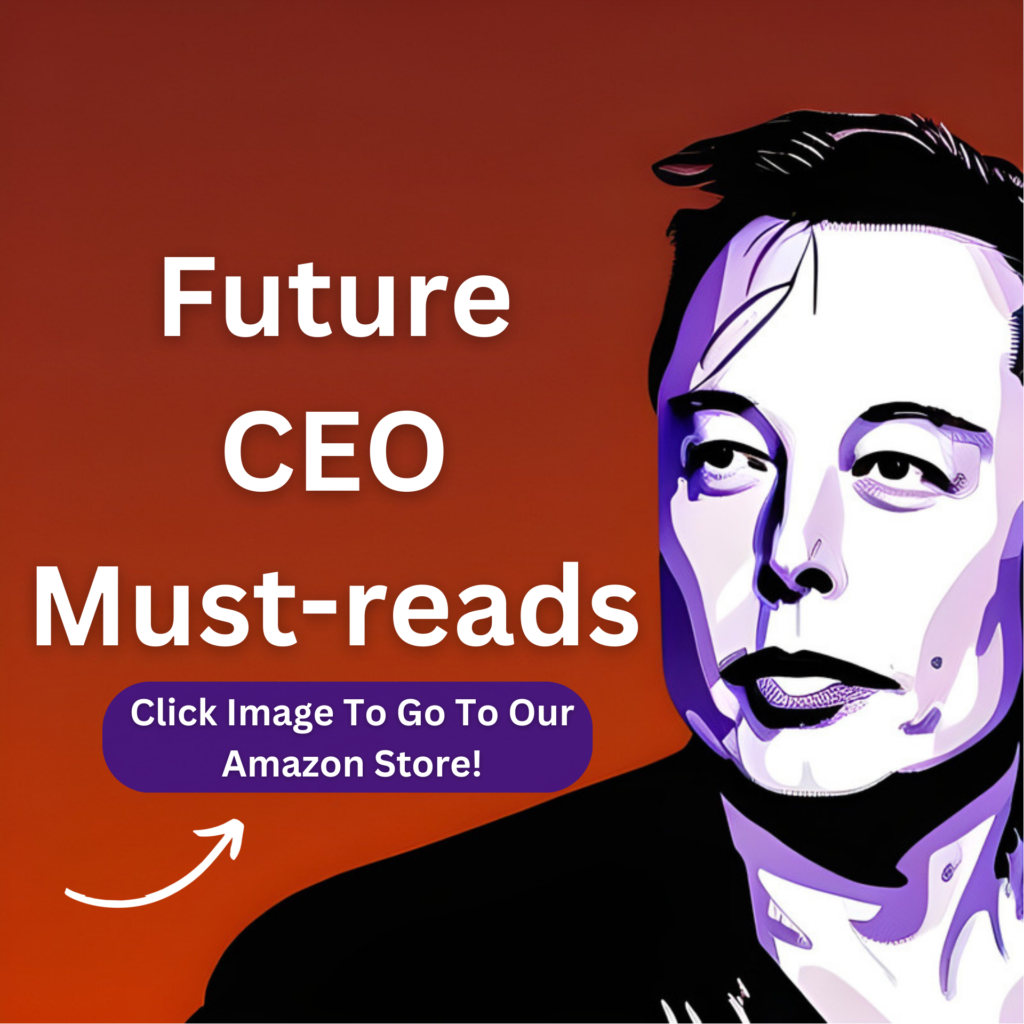**Disclosure:** We believe in honesty and transparency to the fullest extent. Some of the links on this blog are affiliate links, meaning, at no additional cost to you, we will earn a commission if you click through and make a purchase. This is one of the simplest ways you can support us.

The beverage industry is a vast and competitive market, with countless options available to consumers. However, despite the saturation, there are still opportunities for entrepreneurs and innovators to find their niche and create a unique product that stands out from the crowd. In this article, we will explore strategies for researching the market to find unique opportunities, understanding consumer preferences, and identifying unmet needs in the beverage market.
Researching the Market to Find Unique Opportunities

Research is the foundation of any successful business venture, and it is crucial when entering the beverage market. To identify gaps in the market, start by conducting a comprehensive analysis of the existing beverage products available. Look for categories that are overcrowded or lacking innovation and try to find a way to differentiate your product.
Market Trends: Study the latest trends in the beverage industry. Are there any emerging flavors, ingredients, or packaging styles that consumers are gravitating towards? Look for ways to incorporate these trends into your product.
Consumer Insights: Gather data on consumer preferences, behavior, and purchasing patterns. Conduct surveys, focus groups, and online research to understand what consumers are looking for in a beverage.
Competitor Analysis: Analyze your competitors thoroughly. Study their strengths, weaknesses, and market positioning. Identify any gaps in their offerings that you can fill with your product.
Understanding Consumer Preferences

Consumer preferences are the key to success in the beverage market. Understanding what consumers want and need is essential for creating a product that will resonate with them. Here are some strategies to gain insights into consumer preferences:
Conduct Surveys and Focus Groups: Use surveys and focus groups to gather information on consumer preferences, including their preferred flavors, ingredients, and packaging options.
Social Media Analysis: Monitor social media platforms to see what consumers are saying about different beverage products. Pay attention to their feedback, preferences, and pain points.
Explore Online Communities: Join online forums and communities related to beverages. Listen to consumers’ discussions and observations to gain valuable insights.
Identifying Unmet Needs
In addition to understanding consumer preferences, it is crucial to identify unmet needs in the beverage market. Consumers are always looking for new and exciting products that offer unique benefits. Here are some ways to identify unmet needs:
Consumer Pain Points: Identify areas where consumers are dissatisfied with existing beverage options. Look for opportunities to provide a better solution to their problems.
Health and Wellness Trends: Pay attention to the growing demand for healthier beverage options. Consider developing functional beverages that offer specific health benefits.
Convenience: Look for ways to make beverages more convenient for consumers. This could involve packaging, portability, or easy preparation.
Case Study: LaCroix
A successful example of a company that identified a gap in the beverage market and capitalized on it is LaCroix. In the early 2000s, the sparkling water category was dominated by sugary sodas and diet drinks. LaCroix saw an opportunity to offer a healthier, flavorful alternative to these beverages. They developed a line of sparkling waters with natural flavors, and consumers embraced it. LaCroix’s success can be attributed to identifying a gap in the market (healthy, flavorful sparkling water) and understanding consumer preferences (natural flavors, no added sugars).
Strategies for Creating a Unique Beverage Product
Once you have identified a gap in the market and understood consumer preferences, it is time to create your unique beverage product. Here are some strategies to help you develop a successful product:
Innovation: Be creative and innovative in your product development. Consider using unique ingredients, flavors, or packaging to set your product apart.
Functionality: Develop a beverage that offers a specific functional benefit, such as energy, hydration, or relaxation.
Quality: Ensure that your product is of high quality and meets the expectations of consumers.
Brand Identity: Create a strong brand identity that resonates with your target audience.
Conclusion
Finding your niche in the beverage market requires a combination of market research, consumer insights, and innovation. By identifying gaps in the market, understanding consumer preferences, and creating a unique product that meets unmet needs, you can position your brand for success in the competitive beverage industry. Remember to stay adaptable and responsive to changing consumer trends and preferences, and continue to innovate to maintain your competitive edge. With dedication and a deep understanding of the market, you can build a successful beverage brand that stands out from the crowd.










